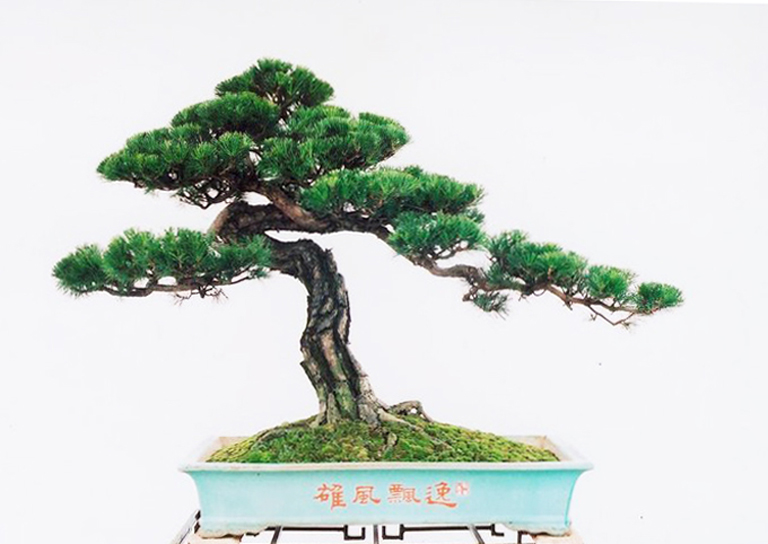
You might pass this one over at first glance, but the spectacular pot, the deeply striated bark and the overall simplicity and naturalness are worth another look.
Today is the long drive home. No time to put together a new post, so we’ll take one more foray into our archives. This one first appeared in November 2012. It’s one I particularly like. Not for what I have to say, but the for simple, unique beauty and naturalness of the bonsai.
Have we been overly influenced by Japanese bonsai?
When you look at the trees in this post there’s a sense of wild naturalness that seems distinctly Chinese. A sensibility that dates back to the ancient poet-calligrapher hermits deep in the Cold Mountains. This connection doesn’t occur with most Japanese and Western bonsai (the exceptions are mostly Bunjin bonsai).
You might notice that most, if not all of the pots in this post could stand alone as art in their own right.
All of the photos are from Nail Sari’s facebook photo album titled Chinese Bonsai Ever… Unfortunately, none are attributed to the artist or labeled with the variety.
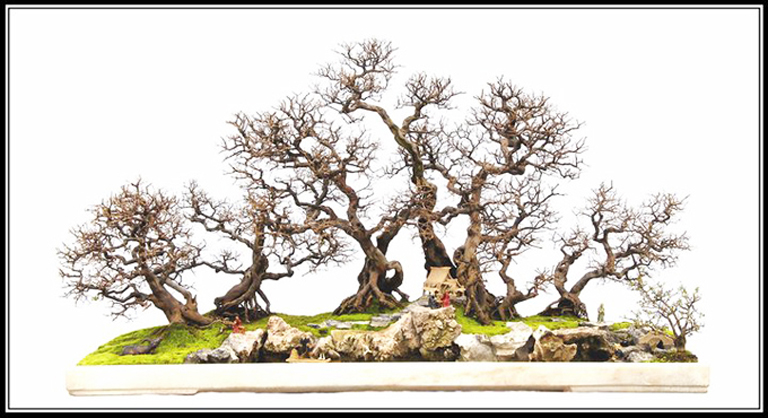 Expressing the primacy of nature; you can barely see the people who live in this magical forest.
Expressing the primacy of nature; you can barely see the people who live in this magical forest.
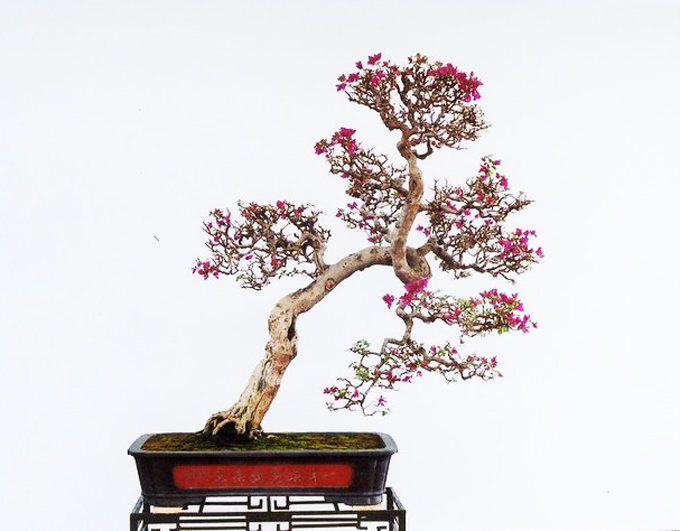 Uncontrived, a lyrical poem with flowers.
Uncontrived, a lyrical poem with flowers.
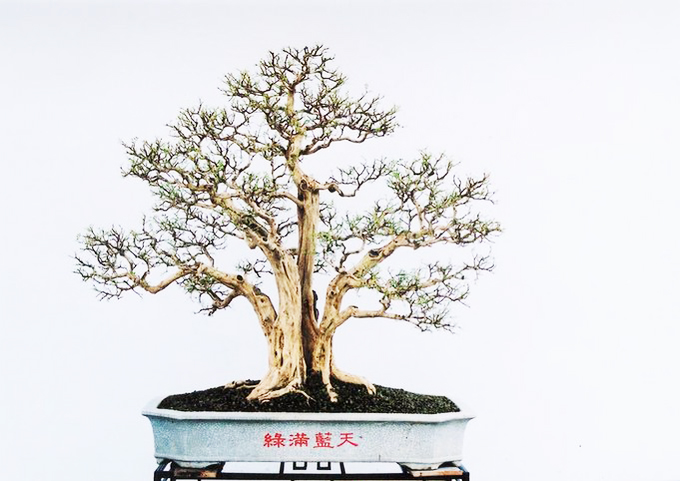 Rugged, well-balanced and perfectly tapered, all the way out to smallest twigs.
Rugged, well-balanced and perfectly tapered, all the way out to smallest twigs.
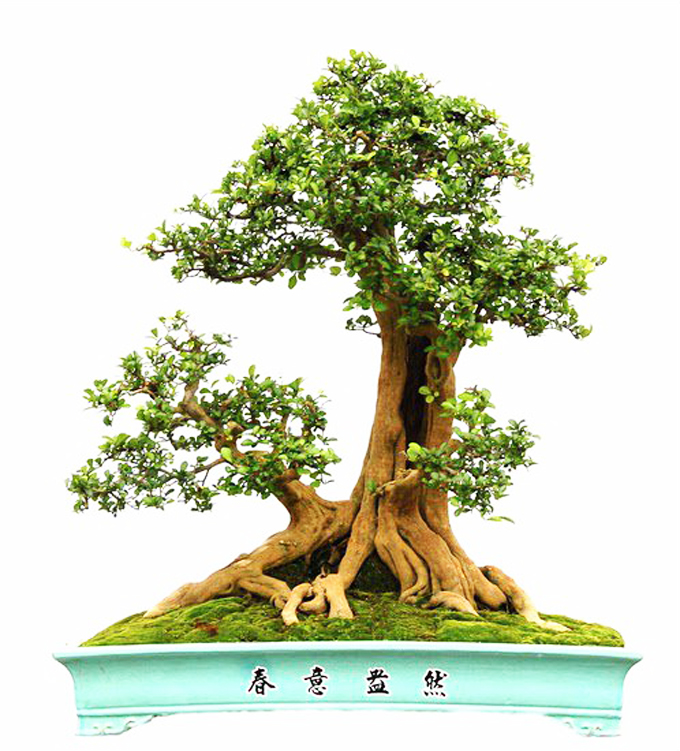 Halloween. Do you see the little arms sticking up out of the soil?
Halloween. Do you see the little arms sticking up out of the soil?
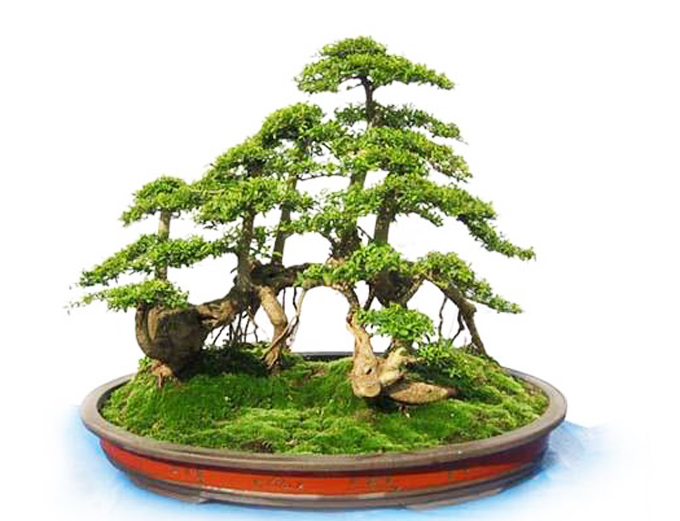 What would it be like to be small enough to walk under this natural bridge?
What would it be like to be small enough to walk under this natural bridge?
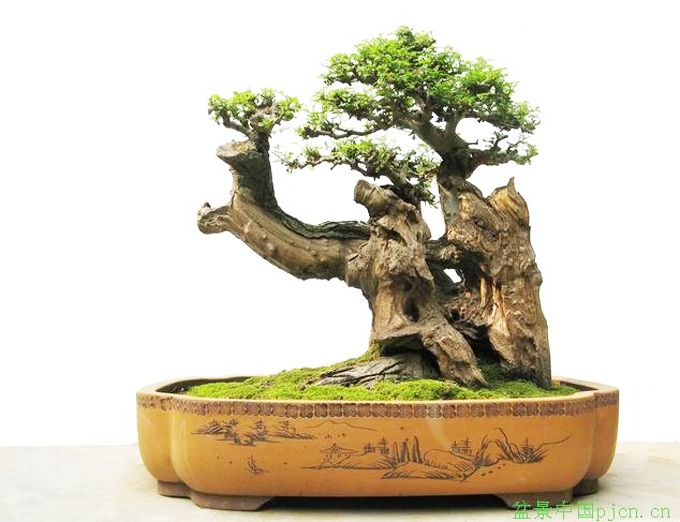 Lonely trees growing on cliffs.
Lonely trees growing on cliffs.
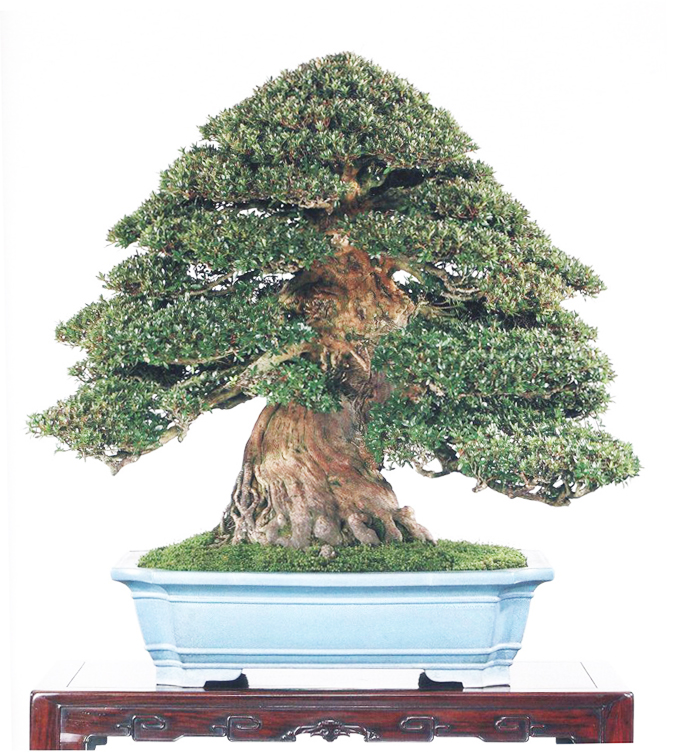 Sheer power, and closer to the more modern Japanese look.
Sheer power, and closer to the more modern Japanese look.
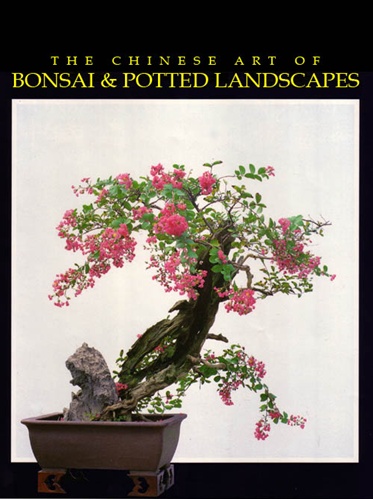 This classic is available at Stone Lantern if you’d like to dig deeper into the art and history of Chinese bonsai.
This classic is available at Stone Lantern if you’d like to dig deeper into the art and history of Chinese bonsai.
I loved this book the first time I laid eyes on it! Aside from great photos, The history contained in this book is well researched. I knew Mr. and Mrs. Kwok, co authors, personally, and bought the book in its first run. It is certainly one best books on Penjing in my opinion. You will not be sorry. On a side note, the trees in this book confirmed that my way to style trees was legitimate, and rooted (pun intended) in the Chinese traditions. I knew about Penjing, but up until this book, I did not have a photo essay to “justify” how I approached my trees. Get a copy!
Thanks Todd,
Yes. Agreed. A truly unique and excellent book.